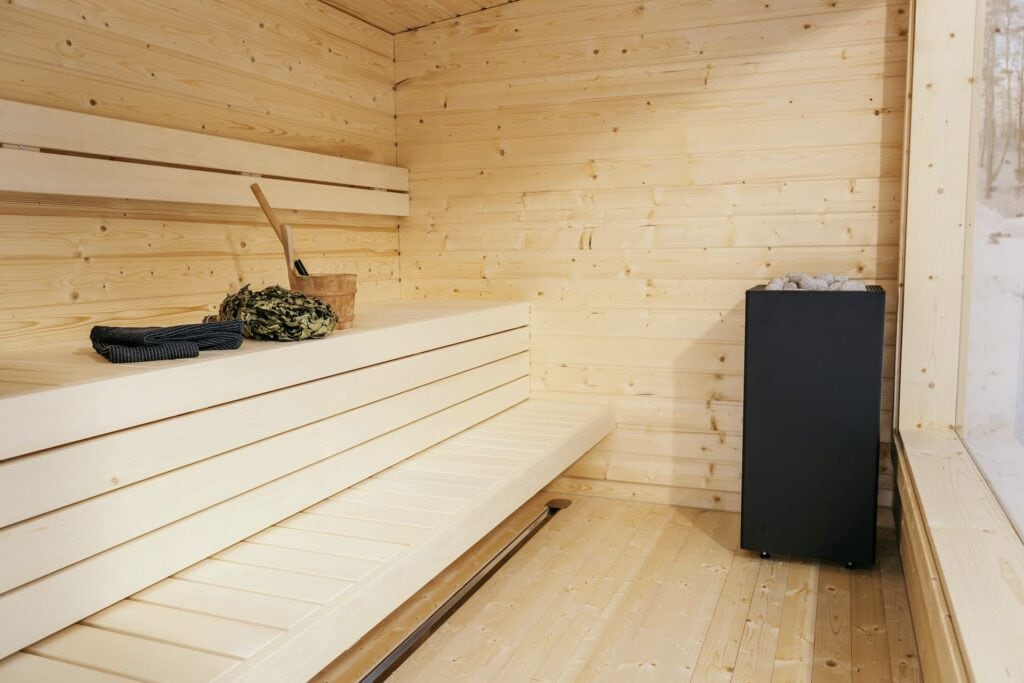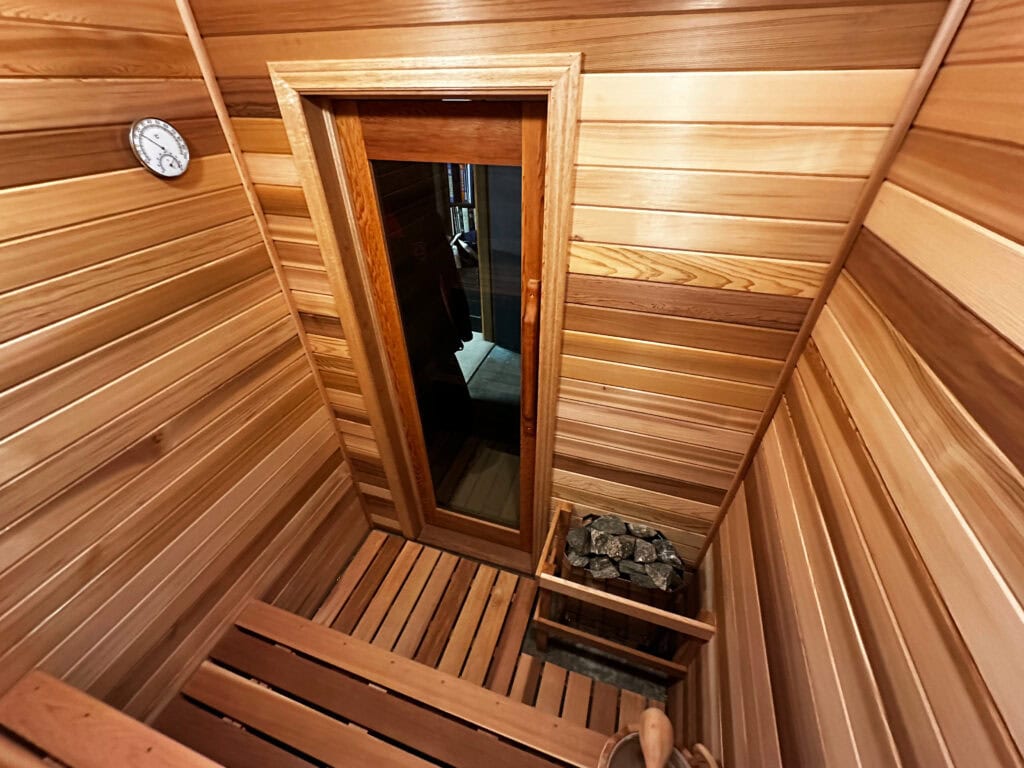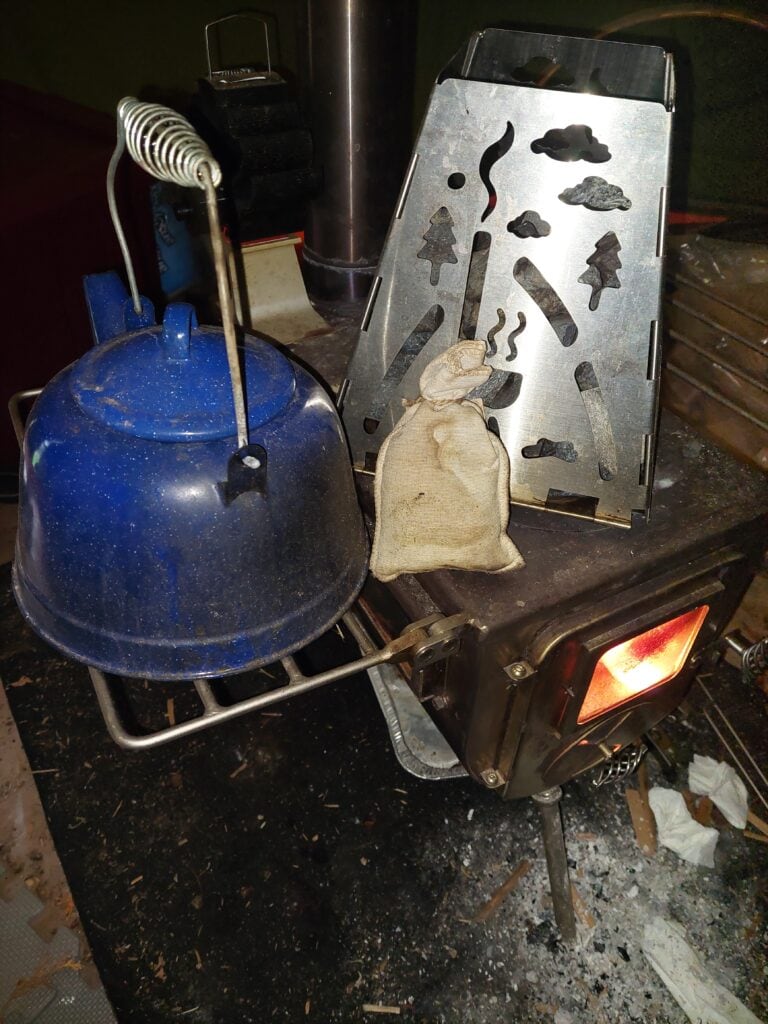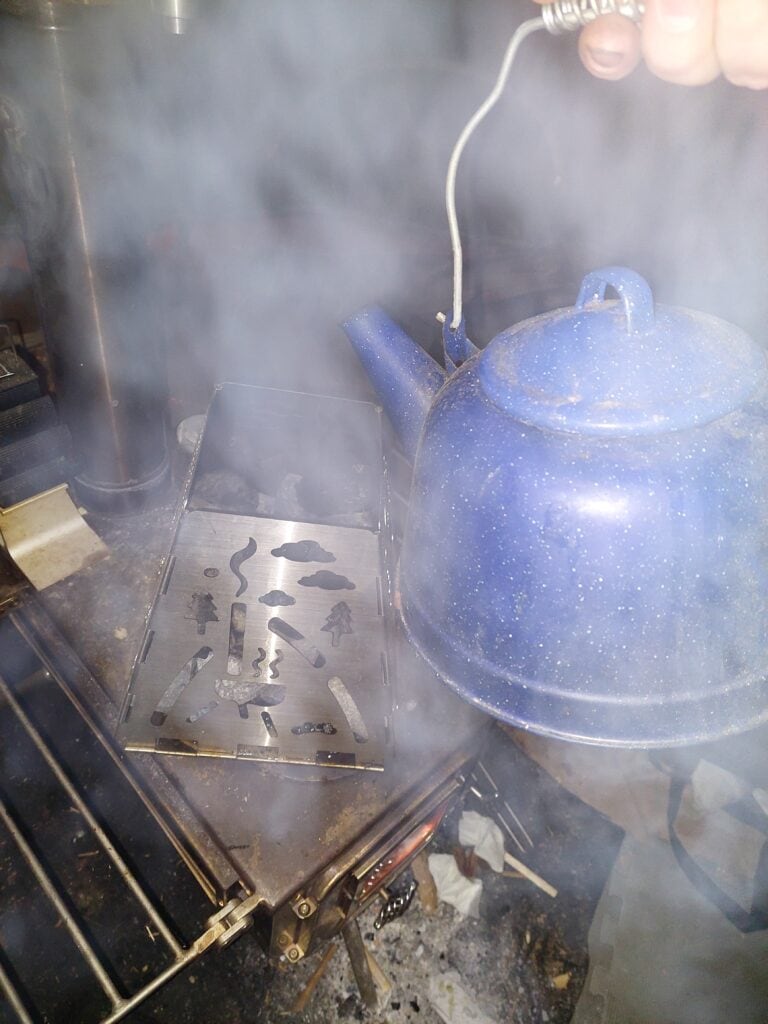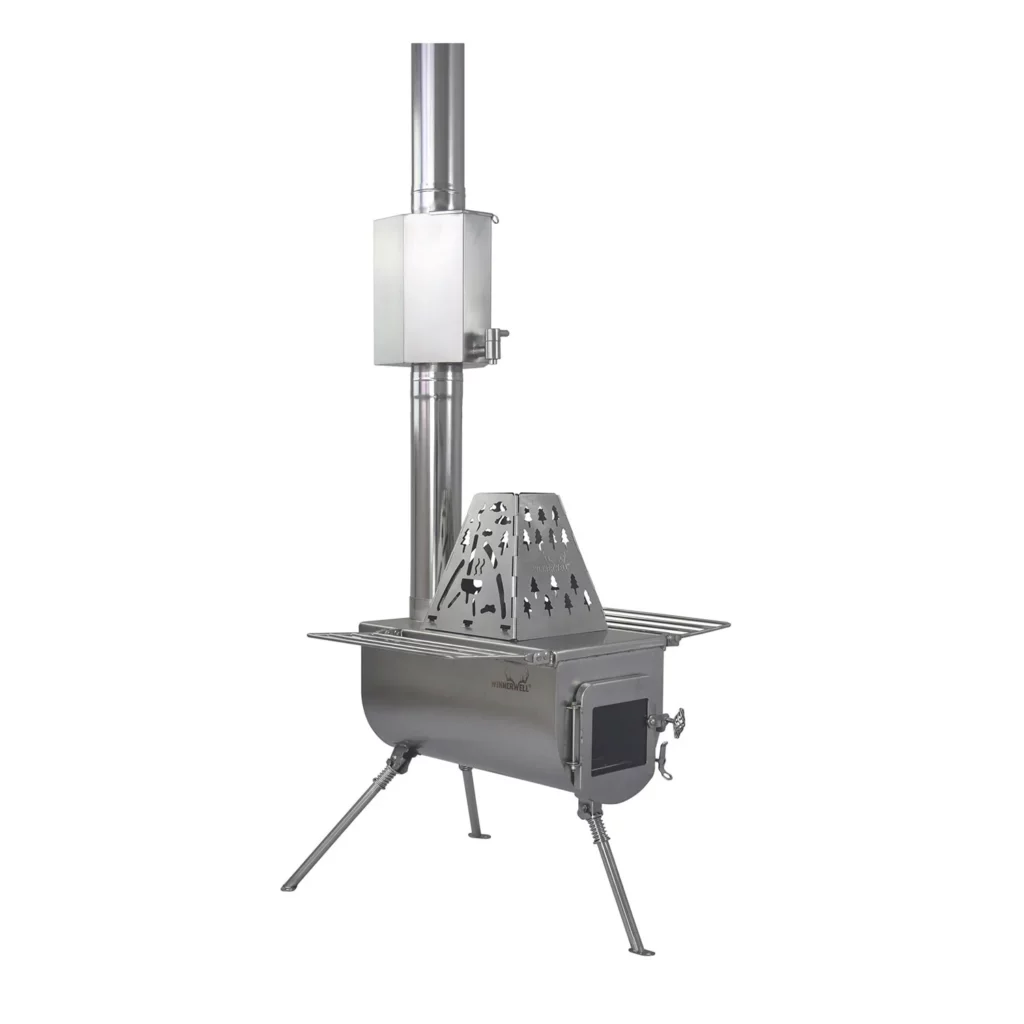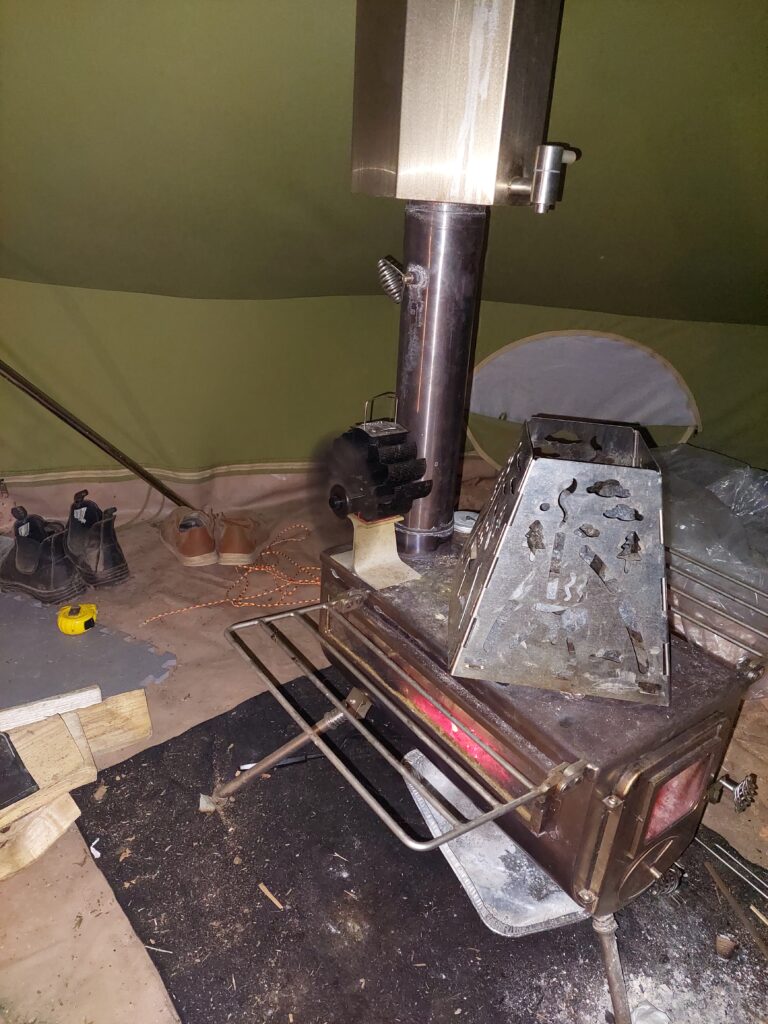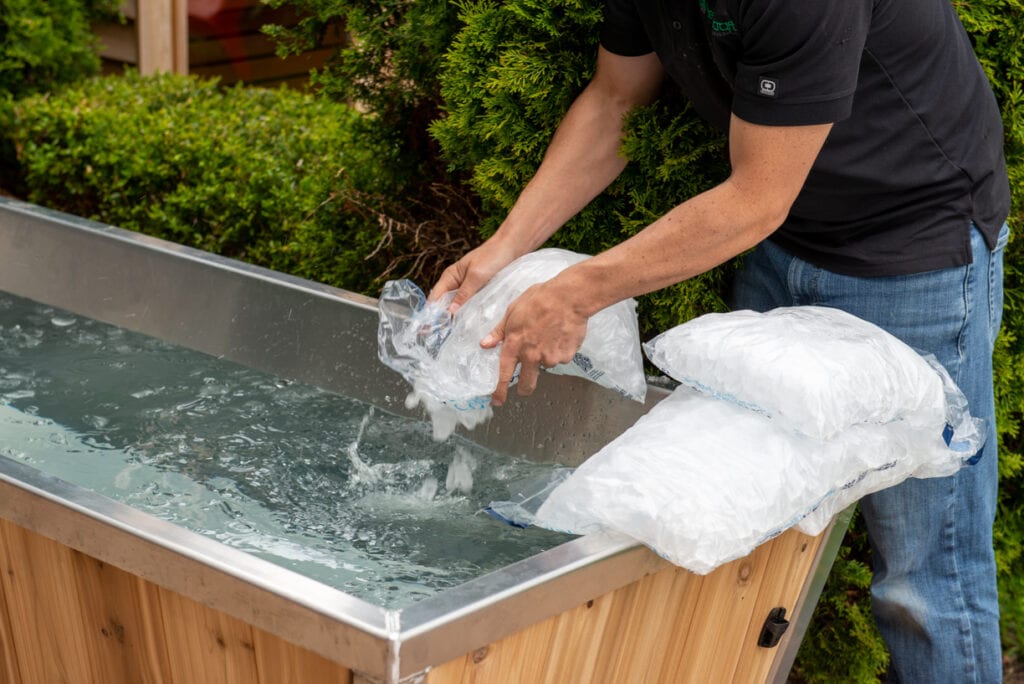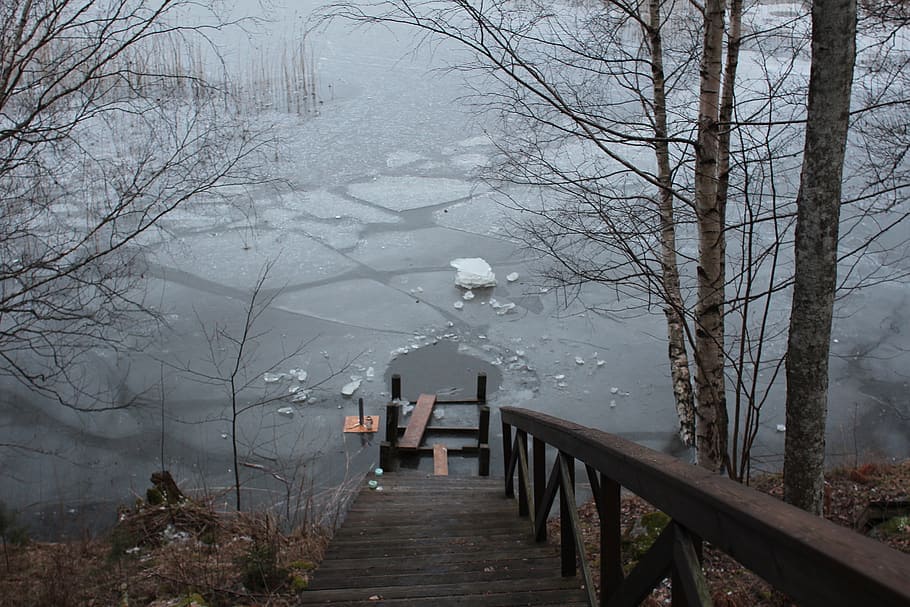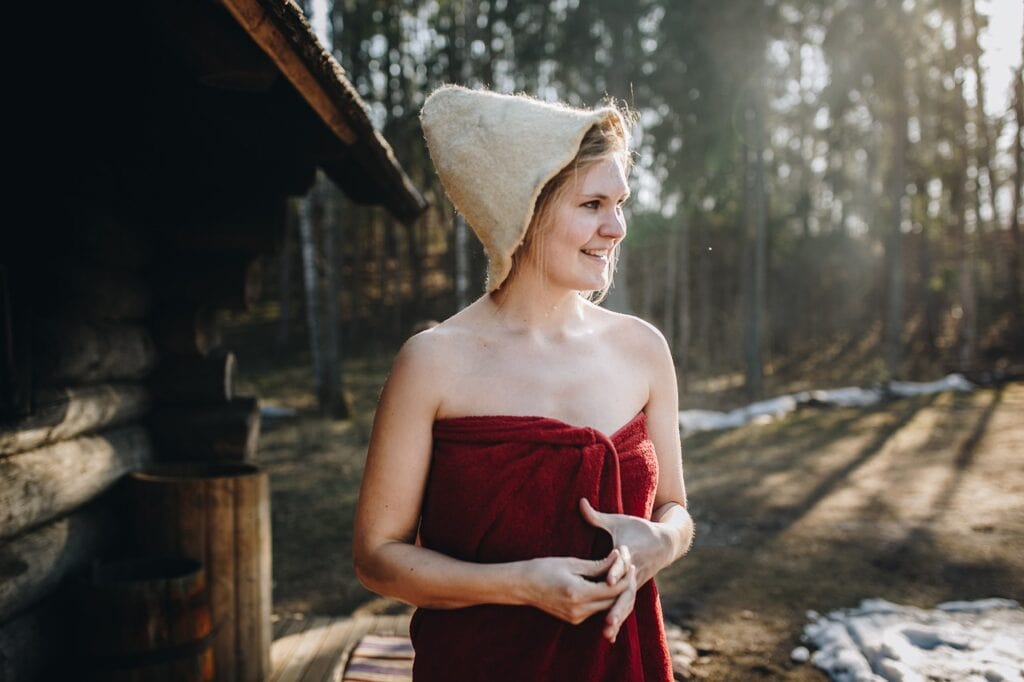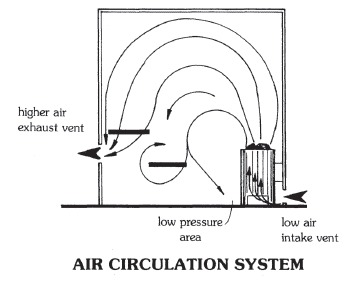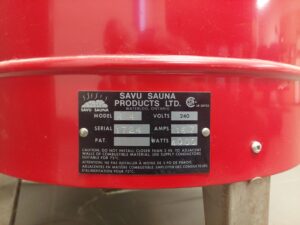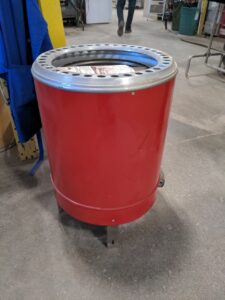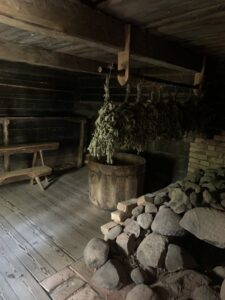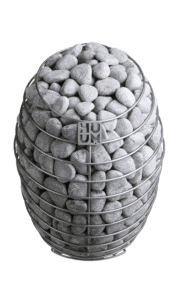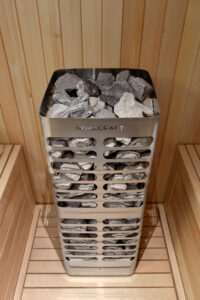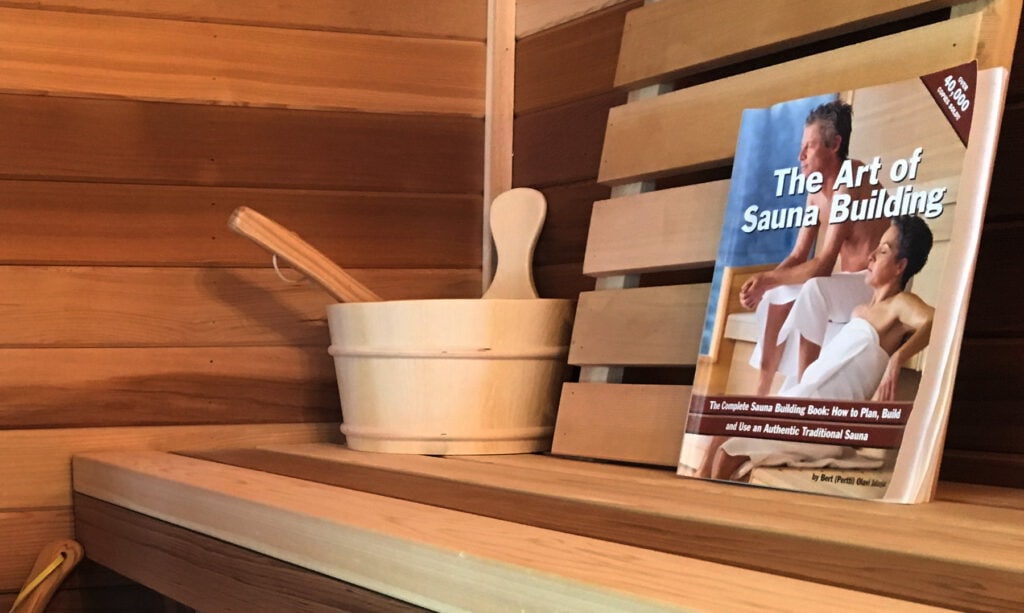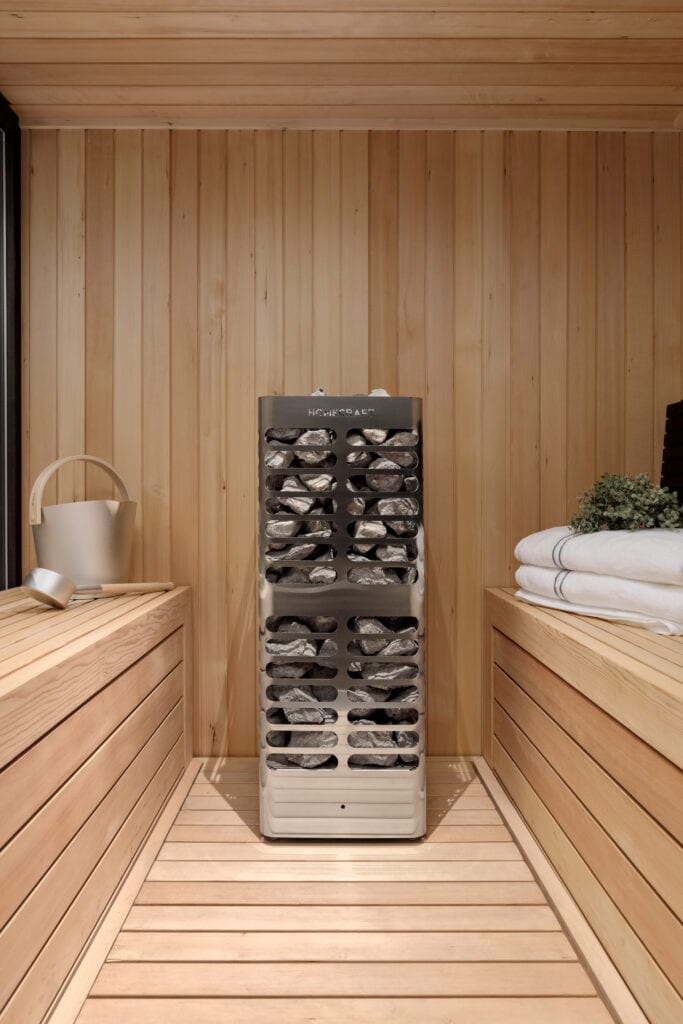Saunas have been cherished and utilized for their therapeutic benefits for centuries across many cultures. These beneficial effects often revolve around relaxation, rejuvenation, improving circulation, and even detoxification. The heat inside a sauna plays a significant role in these health benefits.
But what exactly should the temperature be inside a sauna? This blog post seeks to demystify this burning question, breaking down the ideal temperatures for various types of saunas and the importance of determining the correct heat levels for a fulfilling sauna experience.
What Is a Sauna?
A sauna is a small room or building designed to induce heat sessions for health benefits. Its origin can be traced back to Finland, where it’s largely part of the culture. Designed with a heating source that typically raises the temperatures between 150 to 195 degrees Fahrenheit (60-90 Celsius), saunas cause heavy sweating and an increased heart rate, which can provide benefits like detoxification, improved circulation, muscle relaxation, stress reduction, and more.
Saunas come in different types, such as traditional Finnish saunas, infrared saunas, and steam saunas, but all serve the same primary purpose: to induce heat for relaxation and health benefits.
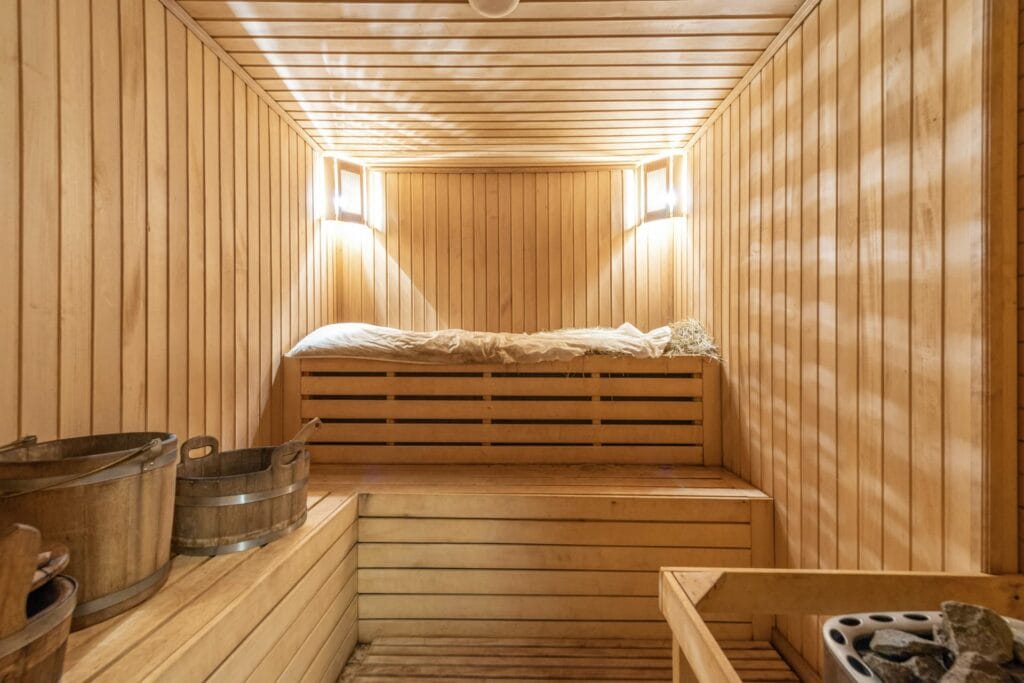
What Is the Ideal Temperature for Various Types of Saunas?
Traditional Wet or Dry Saunas
Traditional saunas, also known as Finnish saunas or dry saunas, use heated rocks to increase the air temperature, usually between 150°F and 195°F (60-90 Celsius). This hot sauna experience helps to stimulate heavy sweating, improving blood flow and detoxifying the body. This heat also contributes to cardiovascular health. However, due to the intense heat, it’s essential to limit your sauna session to 15-20 minutes per session and hydrate before and after to prevent dehydration.
Infrared Saunas or Dry Saunas
Unlike traditional saunas, infrared saunas apply heat therapy directly to your body using infrared lamps. These lamps emit infrared waves, a precise wavelength of light that can raise the core temperature. The ideal air temperature for these types of saunas is typically between 120°F and 140°F (45-60 Celsius). This new heat source, although lower than in traditional saunas or hot saunas, is still efficient in promoting sweat and detoxification due to their deeper skin penetration.
It’s interesting to note that these compact, easy-to-install modern saunas, which use far-infrared waves to heat your body directly, typically maintain an air temperature between 120°F and 150°F (45-65 Celsius). Ideal for any personal preference, far-infrared saunas are an efficient method for heat therapy and a successful detoxification process at a lower temperature level. Moreover, the activation of your blood vessels during this process can lead to improved cardiovascular health.
Steam Saunas or Wet Saunas
Also referred to as Turkish Hammam or Russian Banya steam baths, these are considered types of wet saunas. They operate at a lower air temperature of around 110°F to 120°F (40-50 Celsius). You may wonder, “How hot should a sauna be?” While the heat in these saunas is not as intense as in traditional saunas, the primary heat comes from steam and high humidity, which can reach 100%.
These unique conditions are beneficial as they help open up airways, relieve congestion, and moisturize the skin. However, anyone with concerns about blood pressure should consult a healthcare professional before using these steam baths.
Smoke Saunas
Smoke saunas, or Savusaunas, are a type of sauna that utilizes heat from wood fires and hot rocks to create dry heat. The temperature typically ranges between 180°F to 200°F (80-95 Celsius). Once the room has reached the desired heat, the smoke is vented out, and bathers can enter. The low humidity provides a different kind of heat sensation and is often followed by a cold plunge to contrast and boost circulation.
Boost Your Sauna Experience With Home Saunas: Contact Us Now
Finding the ideal sauna temperature is a personal journey that depends on your preference, health conditions, and desired sauna experience. Whether you opt for a traditional sauna, an infrared sauna, or a steam sauna, maintaining a comfortable temperature will make sure you reap the maximum health benefits while enjoying a relaxing session. Listen to your body, stay hydrated, and always consult with your healthcare provider if you have cardiovascular diseases or other health concerns.
Ready to experience the relaxing benefits of saunas? Contact Home Saunas today and discover why our sauna sessions are perfect for unwinding and improving your well-being.
